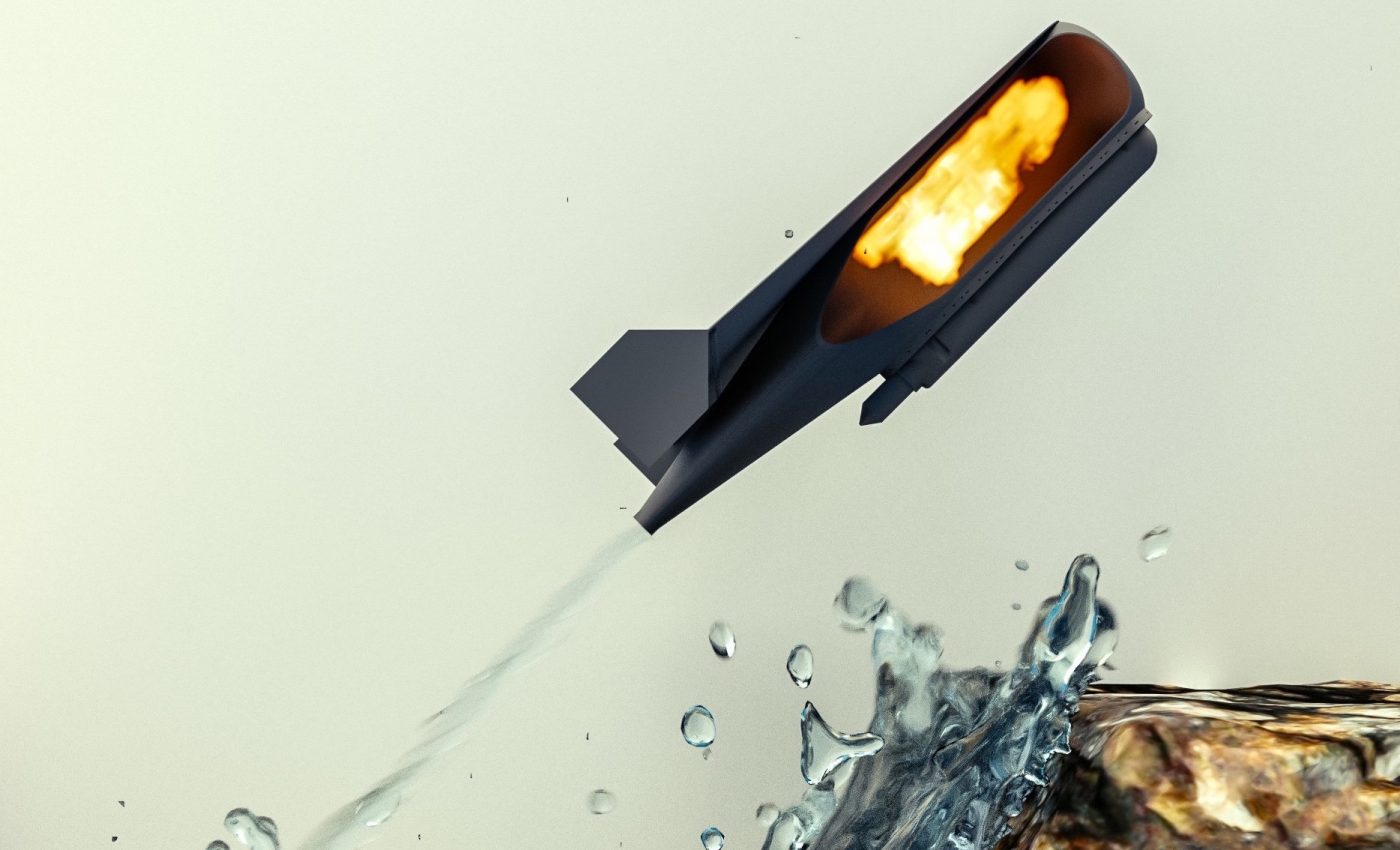
Small robot can launch itself out of the water like a flying fish
Small robot can launch itself out of the water like a flying fish. Researchers at Imperial College London have created a robot that mimics a flying fish, using water as fuel to launch itself from the surface of a lake or ocean. The robot can travel 26 meters through the air after take-off, which could make it useful for monitoring water pollution or for collecting water samples in hazardous conditions after flooding.
In the past, experts have found it challenging to generate enough power for a small robot to transition from water to air. The Imperial team has invented a system that requires just 0.2 grams of calcium carbide powder in a combustion chamber.
The only moving part in the system is a small pump that brings in water from the surrounding ocean or lake. When the water combines with the calcium-carbide powder in a chamber, the reaction produces a burnable acetylene gas that ignites and expands to push the water out as a jet. The robot is propelled out of the water, gliding up to 26 meters.
“Water-to-air transition is a power-intensive process, which is difficult to achieve on a small-scale flying vehicle that needs to be lightweight for flight,” said study lead author Dr. Mirko Kovac.
“We have used water-reactive chemicals to reduce the materials that the robot needs to carry. Since the chamber fills passively and the environmental water acts as a piston, we can create a full combustion cycle with only one moving part, which is the pump that mixes the water with the fuel.”
Tests conducted in a lake and a wave tank showed that the robot can blast off of the water’s surface even when conditions are relatively rough. The system generates a force that it 25 times the weight of the robot, which is only 160 grams, to help it overcome waves.
The team is now working with the Swiss Federal Laboratories for Materials Science and Technology to refine the robots using advanced materials and to begin field trials in a range of environments, including the oceans around coral reefs and offshore energy platforms.
“These kinds of low-power, tether-free robots could be really useful in environments that are normally time- and resource-intensive to monitor, including after disasters such as floods or nuclear accidents,” said study first author Raphael Zufferey.
The research is published in the journal Science Robotics.
—
By Chrissy Sexton, Earth.com Staff Writer
Image Credit: Aerial Robotics Lab/Imperial College London













